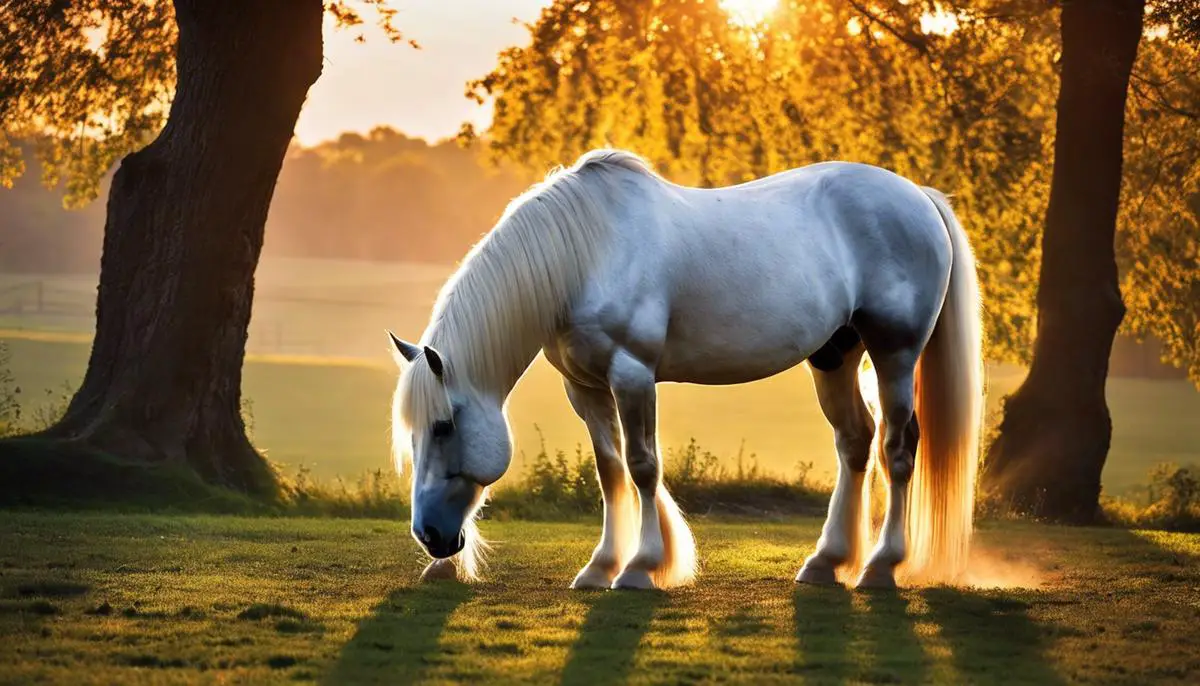Immersing oneself in the world of equines reveals an intriguing myriad of horse breeds, each with its unique history, attributes, and global reach. One such breed, notable for its exceptional strength and gentle disposition, is the Belgian horse. Widely acclaimed for their versatility and resilience, Belgian horses have a rich history that stretches back to the medieval times of Europe. This breed, which originated from the fertile plains of Belgium, showcases the dynamism of equine evolution in both work and sport. Beyond their physical prowess, Belgian horses are imbued with an agreeable temperament that endears them to horse lovers and equestrians alike. It’s fascinating to delve into the origins, the notable characteristics, the practical uses, and the crucial care practices of these remarkable creatures.
Table of Contents (Horspedia)
History and Origin of the Belgian Horse
The Storied Birth and Fascinating Evolution of Belgian Horses
Imagine a horse breed renowned for its power, stamina, and good-natured temperament. For many hobbyist horse breeders, it’s a dream come true. Enter the Belgian horse, a breed that has stood the test of time, offering a unique blend of strength and congeniality.
Contrary to what most think, the Belgian horse’s roots are not clearly traced back to Belgium, but rather to a broader region known as the Low Countries of medieval Europe. Enveloping both the modern-day Netherlands and Belgium, these lands hosted what are thought to be the Belgian horse’s ancestors. This breed, known historically as the Flanders Horse or “Great Horse”, served as the war horse of choice due to its significant size and power.
The turning point in the breed’s evolution occurred during the Middle Ages, with their function evolving from warhorses to farm horses. As the Medieval period was rife with battles and skirmishes, “Great Horses” were essential. But as time passed and wars lessened, these hulking horses were rerouted toward more peaceful, agricultural pursuits, utilized for plowing fields and hauling goods.
Over time, selective breeding sculpted the “Great Horse” into the Belgian horse we know today. Devoted breeders refined this breed, consistently favoring traits such as muscular build, height, and strength. The result—a horse exuding robustness and vigor.
Centuries of adaptation and relentless strength conditioning evolved this brand, and in the late 19th and early 20th centuries, the steeds we now know as Belgian horses became increasingly commonplace in workhorse roles. Their growing popularity traversed the Atlantic. The United States agriculture industry in the early 1800s warmly welcomed these powerful creatures.
Upon arrival in America, this mighty horse was further refined and perfected. American breeders, while favoring the Belgian’s initial power and size, favored a leaner and more agile horse that met the diverse needs of the American landscape.
Biologically, this breed’s legendary strength is attributed to their unique genetic makeup. Recent studies revealed that Belgian horses carry a certain gene called the Asthenia Universalis. While this gene may potentially cause certain health complications, researchers acknowledge it as the likely source of their extraordinary strength and endurance.
Up to date, this affable workhorse continues to shine in diversified roles far beyond the scope of the farm. Belgians serve in logging activities, drawing carriages, pleasure riding, and even in show rings. Their evolution is a testament to their adaptability and the passion of breeders in their pursuit of creating a horse breed acknowledging both might and grace.
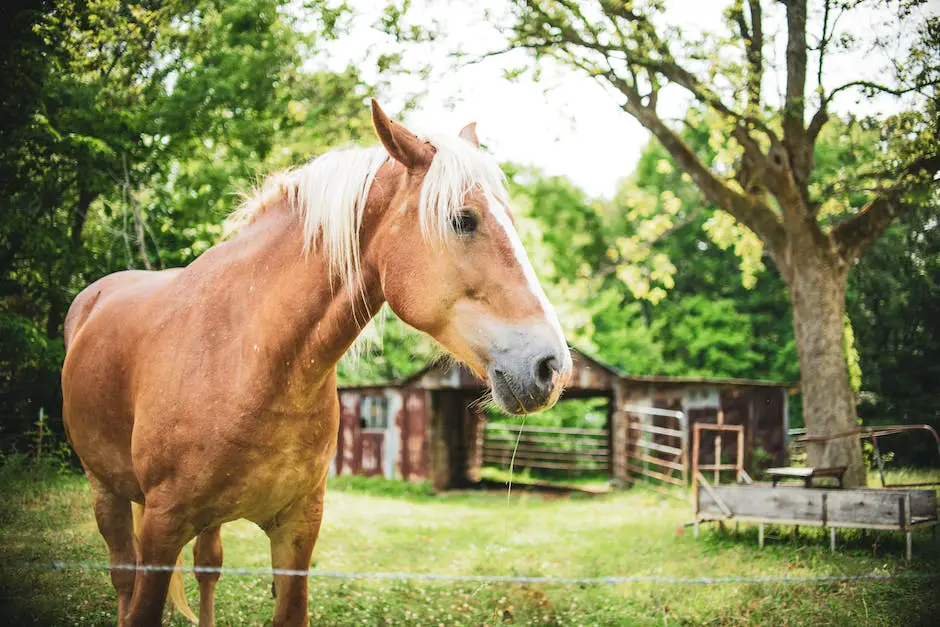
Physical Characteristics and Temperament of Belgian Horses
Delving deeper into the fascinating world of the Belgian horse breed, it becomes clear that these draft horses are not only distinctive for their deep historical origins, but also for their defining physical and personality traits. A closer sprinkle of attention to these characteristics is crucial in demystifying this breed’s glowing popularity in both agricultural and recreational settings.
One of the most distinguishing aspects of the Belgian horse breed is its sheer size and physical build. Adult Belgians typically stand between 16.2 to 17 hands high – that’s roughly 66 to 68 inches measured from the hoof to the highest part of the withers. They ooze strength, their powerful body and broad chest a testament to the feats they are capable of. The horse’s coat is thick and oftentimes dappled, offering a robust shield against harsh weather conditions. Coat colors range from chestnut to sorrel, many adorned with a flaxen mane and tail that light up in the sun, adding to their visual appeal.
It’s not just the physical aspect of the Belgian horse breed that makes them stand out, it’s also their personality. Often termed “Gentle Giants”, these horses are known to be patient, gentle, and intelligent. These affable creatures are rarely aggressive or troublesome, showcasing an adaptable nature that’s keen to learn and quick to comply. Their even-tempered nature often makes them perfect for beginners and children, as they won’t spook or act out as easily as some other breeds might.
Despite their formidable size and strength, Belgian horses tend to have docile temperaments and a friendly disposition. They are amiable and sociable creatures, not just with humans but also with other horses and animals. This congeniality, coupled with their unwavering work ethic, makes them ideal companions for farming, logging, and hauling. Their strength and tolerance mean they can work long hours, and their hardiness assures they rarely fall ill, increasing their value in work-intensive environments.
Although every individual horse has a unique personality and quirks, Belgians as a breed are known to be honest animals. When treated with kindness and respect, they tend to respond in kind, showcasing their cooperative and loyal nature. This shines through especially during training sessions or work, as these horses are generally very responsive to commands and are quite easy to handle despite their massive size.
In modern society, Belgians continue to impress with their versatility. While their prominence in farming and heavy-duty manual work remains, they’ve also branched out into becoming beloved leisure and show horses. They are a popular choice for driving and pulling competitions. They are even utilized in therapeutic riding programs given their patient, soft nature.
The defining physical traits and personalities of Belgian horses speak to their rich heritage and integral role in society. From their majestic appearance to their gentle yet rigorous spirit, these horses offer an enduring testimony to the beauty and power of nature. Whether in the field, the farm, or the show ring, the Belgian horse breed continues to captivate and command admiration with its strength, resilience, and charm.
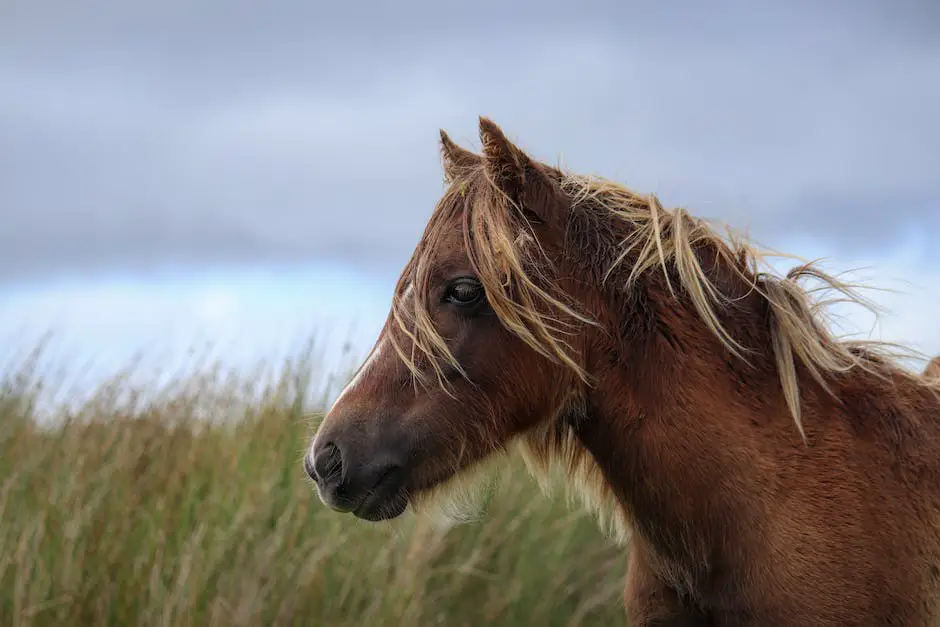
Belgian Horses in Work and Sport
Belgian horses are undeniably impressive creatures. Traditionally used for heavy draft work, they have proven to be highly capable in a wide variety of work environments and equestrian sports. It is the incredible combination of their sheer strength, patience, and gentle disposition that makes them perfect for a plethora of tasks, from arduous farming chores to tension-filled pulling competitions.
Known for their fierce determination, Belgian horses are workhorses of the truest sense. Their muscular build and giant stature, often towering over most other breeds, make them ideal candidates for heavy labor. Fields and pastures, kindred to their heritage, are their preferred stomping grounds. They are often employed in the agriculture industry, especially in tasks requiring brute force, such as plowing and other heavy-duty farm duties.
Moving away from the farm, Belgians find their prowess in forestry work. Logging tasks that may seem insurmountable for mechanized equipment due to the delicate balancing act of preserving nature and fulfilling human demands are where Belgians shine. Navigating rough terrains while hauling hefty logs, these tireless beings represent an eco-friendly alternative to machines, with their hoof prints leaving a significantly lighter impact on the land.
Moreover, Belgians, despite their giant size, are graceful movers with a remarkably rhythmic gait, lending them a strong presence in driving competitions. Whether it’s a fancy hitch class at a county fair or a notorious pulling contest, Belgians showcase their might, agility, and great willingness to perform. Their steadfastness and intense focus in front of a cheering crowd are simply astounding.
Another highly praiseworthy application of Belgian horses is their therapeutic role. Known for their kind eyes, gentle nature, and steady gait, these equine beings serve as excellent therapy horses. Their broad back gives riders a sense of security while the predictable and calming rhythm of their strides can improve motor coordination and balance among riders with physical disabilities or mobility issues.
From heavy draft work to driving competitions and therapeutic riding, Belgian horses have proven themselves exceptionally versatile and adaptable to the diverse roles they’re cast into. Their resilience and industrious spirit, combined with their gentle and patient nature, make them admired and loved among equestrian enthusiasts and laborers alike.
Belgian horses continue to prove that they’re more than just draft animals. They have emerged in various facets of modern society, showcasing their capabilities beyond strength and labor, extending into the stimulating world of sports and the compassionate realm of therapy. A horse of power, patience, and versatility – that’s the great Belgian horse for you.
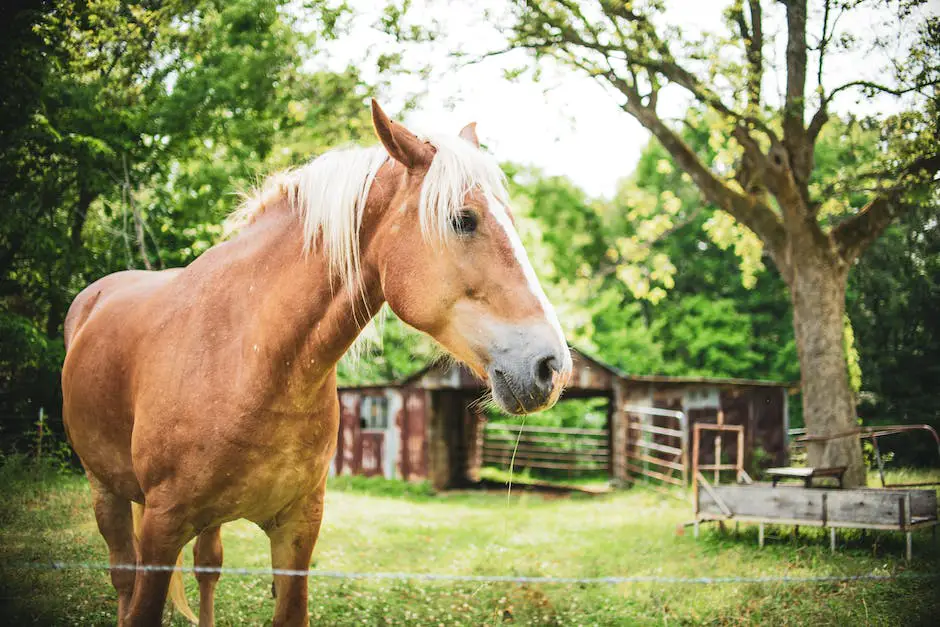
Care and Management of Belgian Horses
Honing in on the intricate specifics of Belgian horse care might be daunting for first-timers. One should not fret, though, as the process is methodical and doable with the right guidance. Let’s delve into the watering, feeding, grooming and health details of raising a Belgian horse.
Stressing the importance of water availability for Belgian horses cannot be stated enough. A healthy Belgian horse requires around 10-12 gallons of clean, fresh water daily. The water source needs to be kept clean and ice-free during colder months. Change out the water regularly, at least every other day, helps to avoid contamination and keep horses hydrated.
Proper feeding of Belgian horses ensures they are well-fueled to carry out their tasks and maintain their health. Generally, they need high-quality hay, often in the quantities of 2% of their body weight. This should ideally be divided into two or more meals per day. Special attention must be paid to the fatty content in their diet, as Belgian horses can have more trouble digesting fats than other breeds. An oats-based diet, as opposed to corn, is ideal given their unique digestive systems.
Grooming is more than aesthetic; it’s crucial for the health of Belgian horses. Regular grooming not only keeps the horse clean but also promotes good blood circulation and removes dead hair. Use a body brush to clean the coat and stimulate the natural oils in the skin. Use a hoof pick to clean the hooves and check for injuries or infections. Regular grooming provides an opportunity to check for any abnormalities or potential health issues.
Managing health issues is paramount for the welfare of your Belgian horse. Due to their size and genetic predispositions, they are prone to certain health conditions. These include a genetic condition called Junctional Epidermolysis Bullosa or JEB, which can lead to skin fragility, and Chronic Progressive Lymphedema(CPL), which causes painful swelling in the horse’s legs. Regular vet checks can help detect these early, and appropriate intervention can be initiated. Another health concern is Laminitis, a serious disease that affects the horse’s feet due to overfeeding. By monitoring their diet carefully and appropriate exercise, the risk can be significantly reduced.
Belgian horses are prone to Rapid Weight Gain; hence, owners must keep a close eye on their horse’s waistline. A balanced diet and regular exercise will prevent Belgian horses from becoming overweight, which can lead to other health problems.
Maintaining the health and well-being of Belgian horses is no walk in the park, but with these tips and a bucket full of dedication, enthusiasts can help their Belgian thrive. It’s essential to understand each horse as an individual. What works for one may not work for another. So, here’s to embarking on this rewarding journey of rearing a Belgian horse!
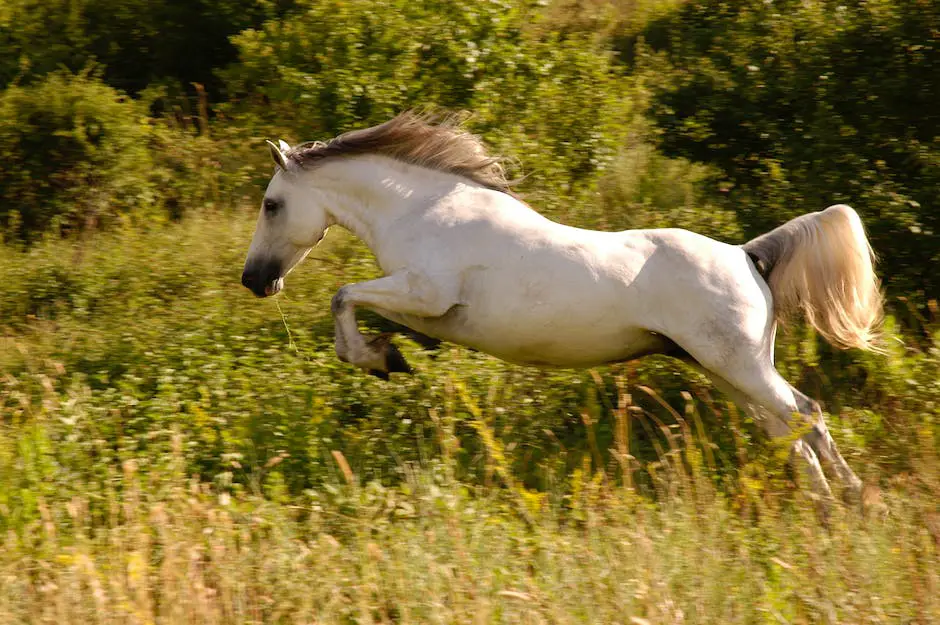
Understanding Belgian horses involves more than just appreciating their history or acknowledging their physical characteristics. It’s about appreciating their purpose, their roles in both work and sport, and the care practices that ensure their wellbeing. These industrious equines, with their impactful history and commendable attributes, have solidified their place in the global equestrian scene. As noble companions, they exude strength and reliability, winning the hearts of enthusiasts and experts alike. Evidently, Belgian horses are more than just symbols of Belgium’s equine heritage. They epitomize the fluid integration of power, amicability, and resilience – traits that continue to make them an enduring favorite among horse breeds.
